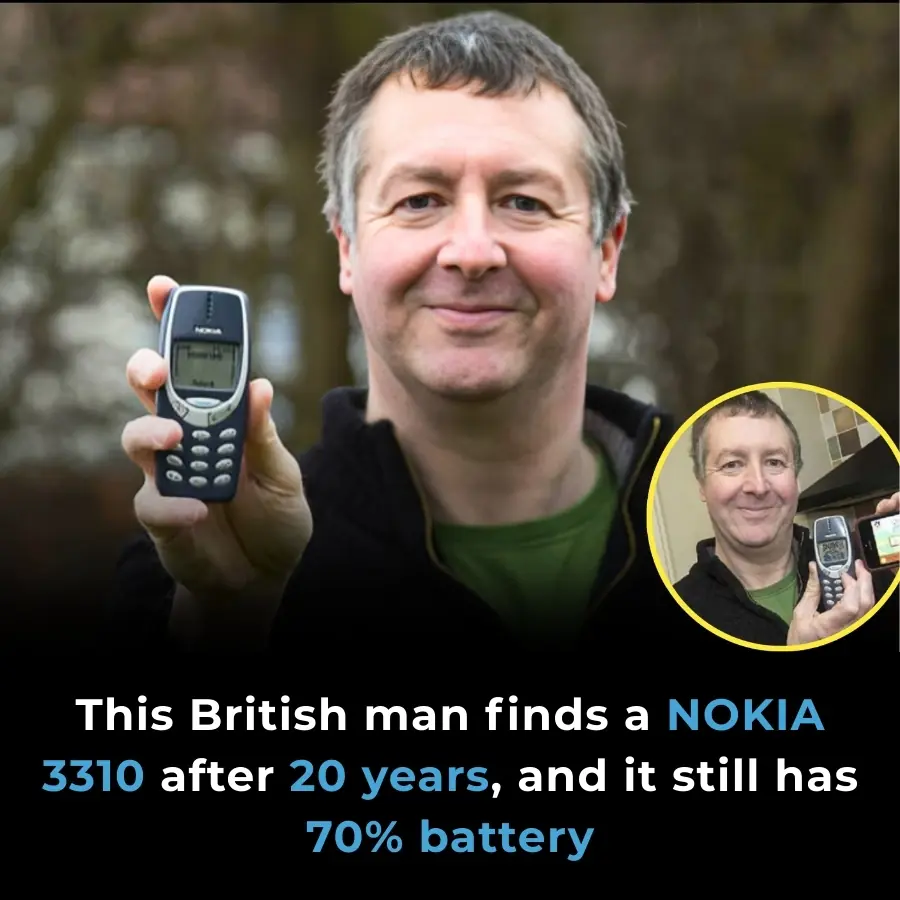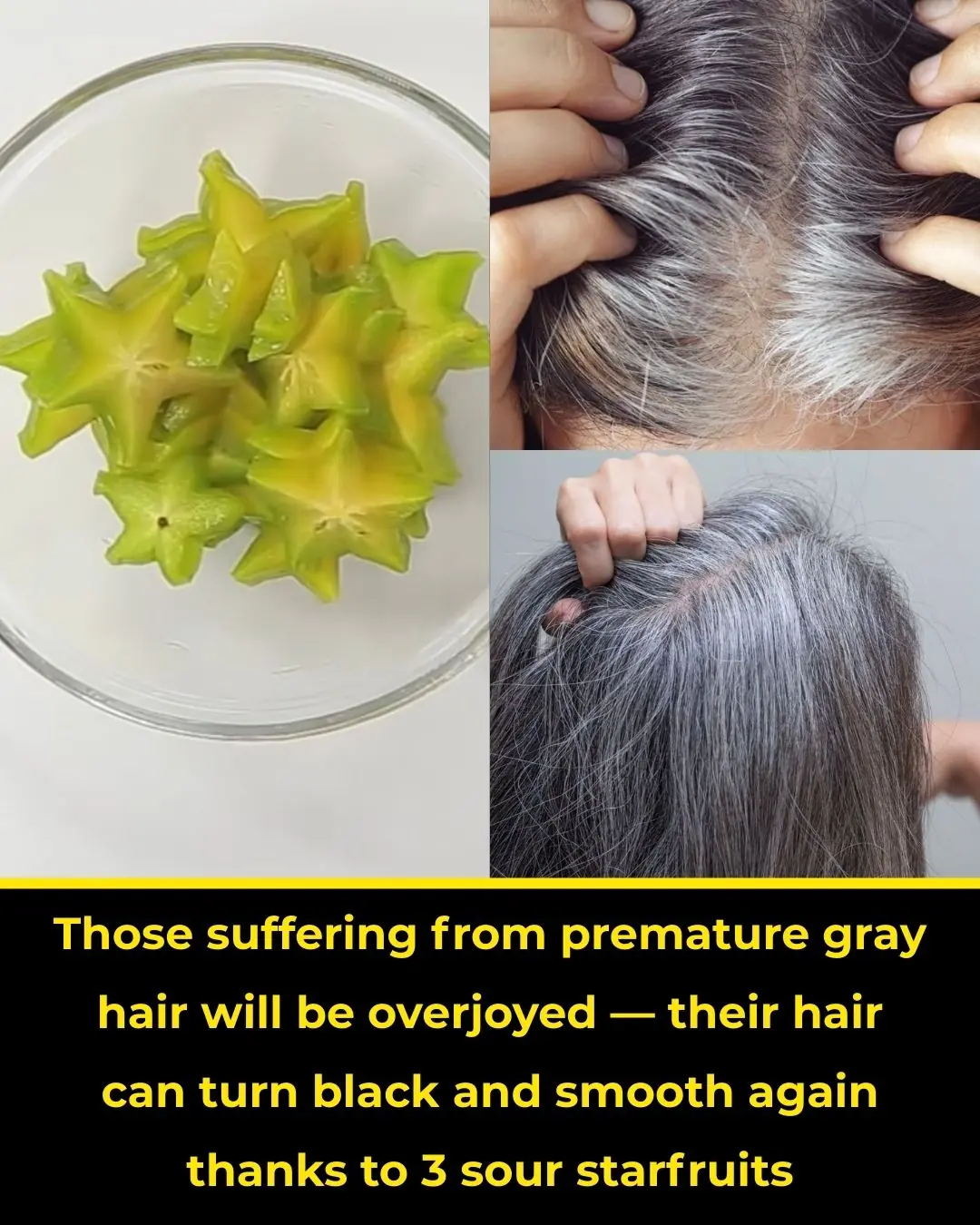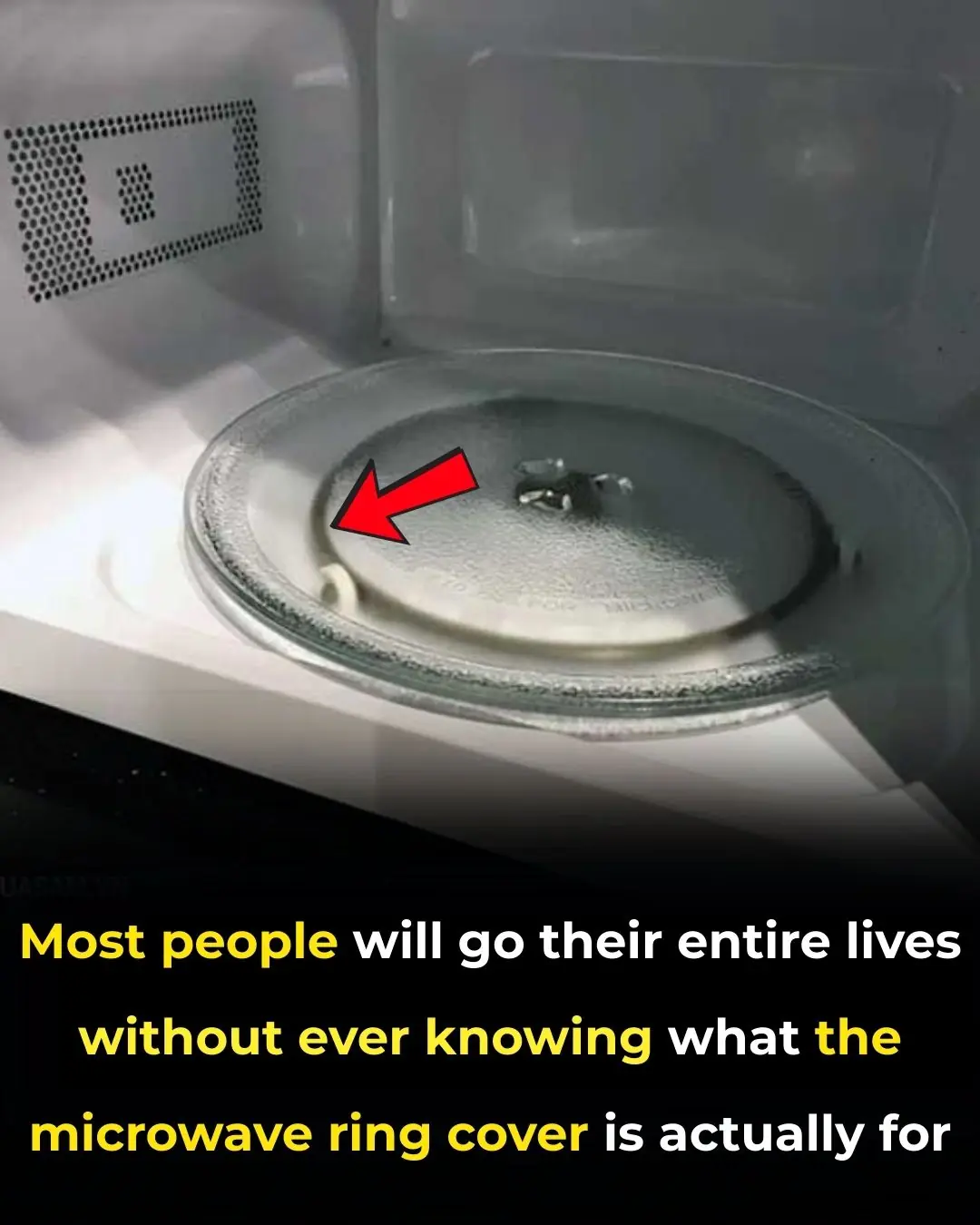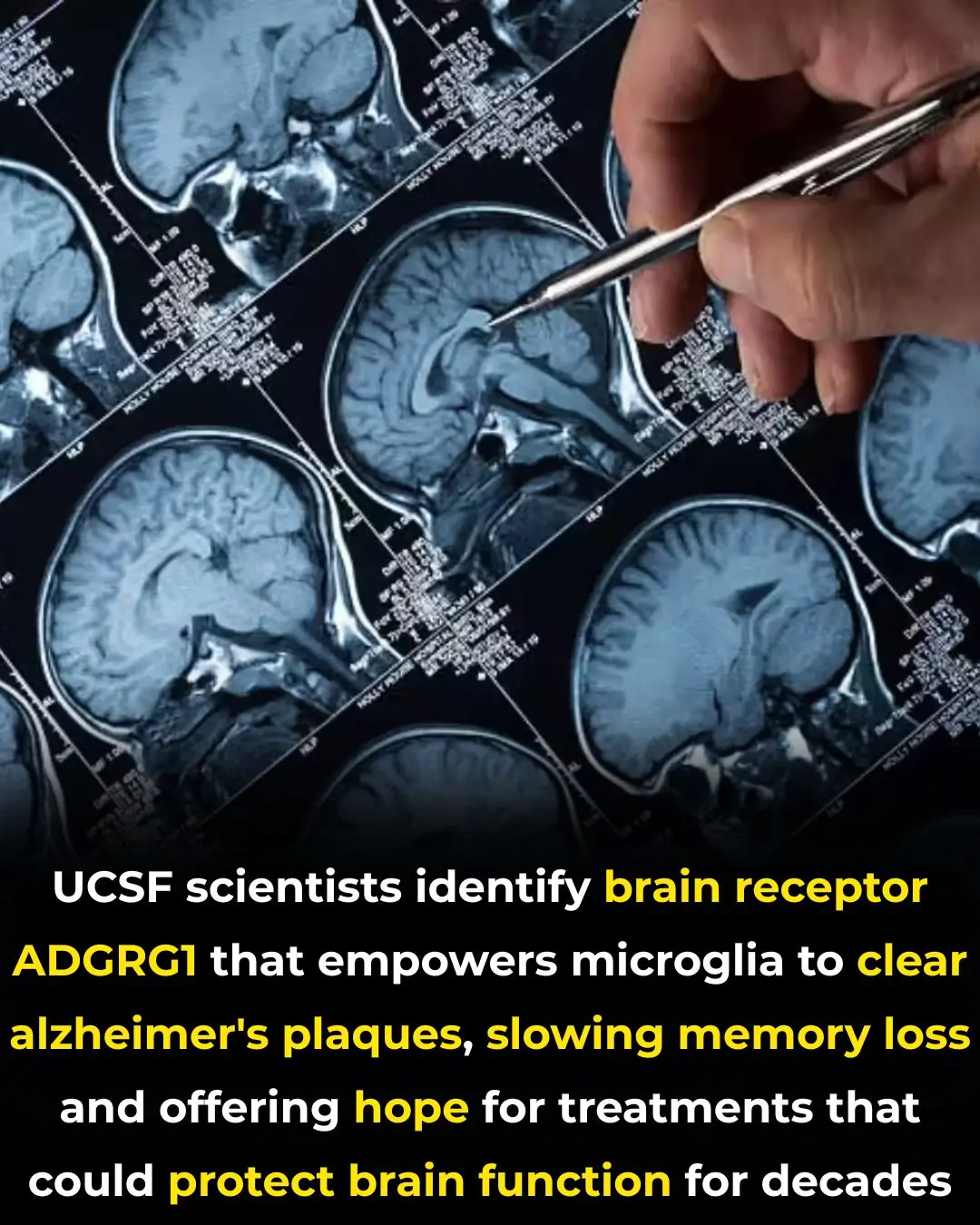
Magnetic Rice-Sized Robot Could Revolutionize Non-Invasive Kidney Stone Treatment
Introduction to a New Medical Innovation
Canadian researchers have developed an innovative miniature magnetic robot approximately the size of a grain of rice, representing an important breakthrough in minimally invasive healthcare technology. This tiny device is engineered to travel through the urinary system with exceptional precision, targeting kidney stones at their exact location. By breaking stones into smaller fragments that can naturally pass through the body, the robot provides a gentler alternative to traditional surgical interventions. Patients may avoid invasive tools, anesthesia, and long recovery times, making the treatment significantly more comfortable and cost-effective.
How the Magnetic Robot Works
The robot operates through external magnetic control, allowing it to navigate narrow pathways in the urinary tract without causing tissue damage. Once it reaches the kidney stones, it applies carefully calibrated magnetic forces to fragment the stones into pieces small enough for natural excretion. This method minimizes pain, reduces the risk of infection, and lowers overall hospital expenses. According to early research from sources such as University of Waterloo and Scientific Reports, the device combines soft robotics with magnetic actuation—two rapidly developing fields that promise greater precision and safety in medical procedures.
Promising Laboratory Testing
The research team tested the robot extensively in controlled laboratory settings designed to closely simulate real human anatomy. Using 3D-printed models of the urinary tract, scientists observed that the micro-robot could move stably under magnetic guidance, navigate curved pathways, and effectively break down artificial kidney stone samples. These positive results, supported by findings from Nature Biomedical Engineering, suggest that the technology is not only functional but potentially scalable to clinical applications in the future.
Collaboration Among Leading Canadian Institutions
This project is the result of collaboration between multidisciplinary teams of engineers, urologists, and medical scientists from major Canadian universities. Their combined expertise has shaped the robot’s design, material selection, safety protocols, and functional testing. Researchers are now working toward the next major milestone: comprehensive safety validation prior to human trials. Coverage from outlets like CBC News underscores how innovations of this kind can strengthen healthcare systems by reducing strain on surgical departments and improving patient outcomes.
Potential Impact on Kidney Stone Treatment
If the technology successfully passes human trials, it could significantly change current kidney stone treatment methods. The magnetic micro-robot may become a strong non-invasive alternative to procedures such as shockwave lithotripsy or endoscopic stone removal. Patients could benefit from shorter treatment sessions, reduced need for hospital stays, and a faster return to daily activities. Moreover, this approach may lower medical costs and improve overall accessibility to care.
Looking Ahead: A New Era of Micro-Robotic Medicine
In the long term, this tiny magnetic robot could mark the beginning of a broader movement toward micro-robotic solutions in medicine. Its potential demonstrates how small-scale engineering can transform traditional treatments, making them safer and more patient-friendly. While further research is required, the progress achieved so far highlights the promise of micro-robotics in addressing persistent clinical challenges and improving the patient experience across various medical fields.
News in the same category


US Researchers Develop Ultra-Light Metal Foam That Stops Armor-Piercing Bullets

Japanese Scientists Launch Human Trials for TRG-035, a Drug That Could Regrow Lost Teeth Naturally

Mauro Morandi: Living 33 Years in Complete Solitude on a Remote Italian Island

Twenty-Year-Old Nokia 3310 Still Holds 70% Battery, Highlighting the Longevity of Early Mobile Phones

4 Unusual Morning Pains You Should Never Ignore — They May Signal a Hidden Tumor

Warning: The 2 Foods That Trigger Cancer Risk the Most

Reverse Premature Gray Hair with a Simple DIY Blackening Remedy Using Starfruit & Potatoes

Goodbye Cavities? A Future Where Teeth Heal Themselves May Be Closer Than We Think

She Lost Half Her Brain — But Rebuilt an Entire Life

Bone Cancer: The Silent Destroyer That Strikes From Within

3 Flowers That Make Snakes Tremble in Fear

I was totally in the dark on this!

Most People Get This Wrong — Here’s How Often You Should Refresh Everything

You’re Storing Your Produce All Wrong — Here’s How to Do It Right

Mine Could Definitely Flower More

The Kid Who Was Surprised By Dad With Birthday Bat In Viral Video Hits Home Run With Bat And Dad Catches It

Delaware Post Office Renamed In Honor of Mary Ann Shadd Cary, First Black Woman Publisher

Meet Shantrelle P. Lewis, Curator, Filmmaker & the Preeminent Scholar of Global Black Dandyism
News Post

Study Finds Parents Show More Affection to Daughters Than Sons Worldwide

US Researchers Develop Ultra-Light Metal Foam That Stops Armor-Piercing Bullets

🛁 Say Goodbye to the Shower: Japan Unveils the 15-Minute "Human Washing Machine"

Fingerprint Individuality: A Story Written by Biology, Environment, and Chance

Northwestern Study Reveals Hidden Dangers in Youth Skincare Influencer Culture

Japanese Scientists Launch Human Trials for TRG-035, a Drug That Could Regrow Lost Teeth Naturally

Scientists Discover a Brain Receptor That Acts as a Natural Shield Against Alzheimer’s

A Fluorescent Breakthrough: New Dye Helps Surgeons Precisely Target Prostate Cancer

The Shocking Secret of Spider Flight: How Electric Forces Lift Them Into the Sky

When a Humpback Whale Became a Hero: The Extraordinary Rescue of Marine Biologist Nan Hauser

🤯 Beyond the Void: How Quantum Physics Suggests the End of Life Is an Illusion

Mauro Morandi: Living 33 Years in Complete Solitude on a Remote Italian Island

🧠 Medical Marvel: The Bullet That Accidentally Cured Severe OCD

One simple scoop a day can spark full-body healing — here’s what happens next

Twenty-Year-Old Nokia 3310 Still Holds 70% Battery, Highlighting the Longevity of Early Mobile Phones

4 Unusual Morning Pains You Should Never Ignore — They May Signal a Hidden Tumor

Quick & Easy Freezer Defrost Hack: Melt Ice in Just 5 Minutes with Zero Effort

A Love That Never Looked Away — The Story of Ron and Cheryl.
